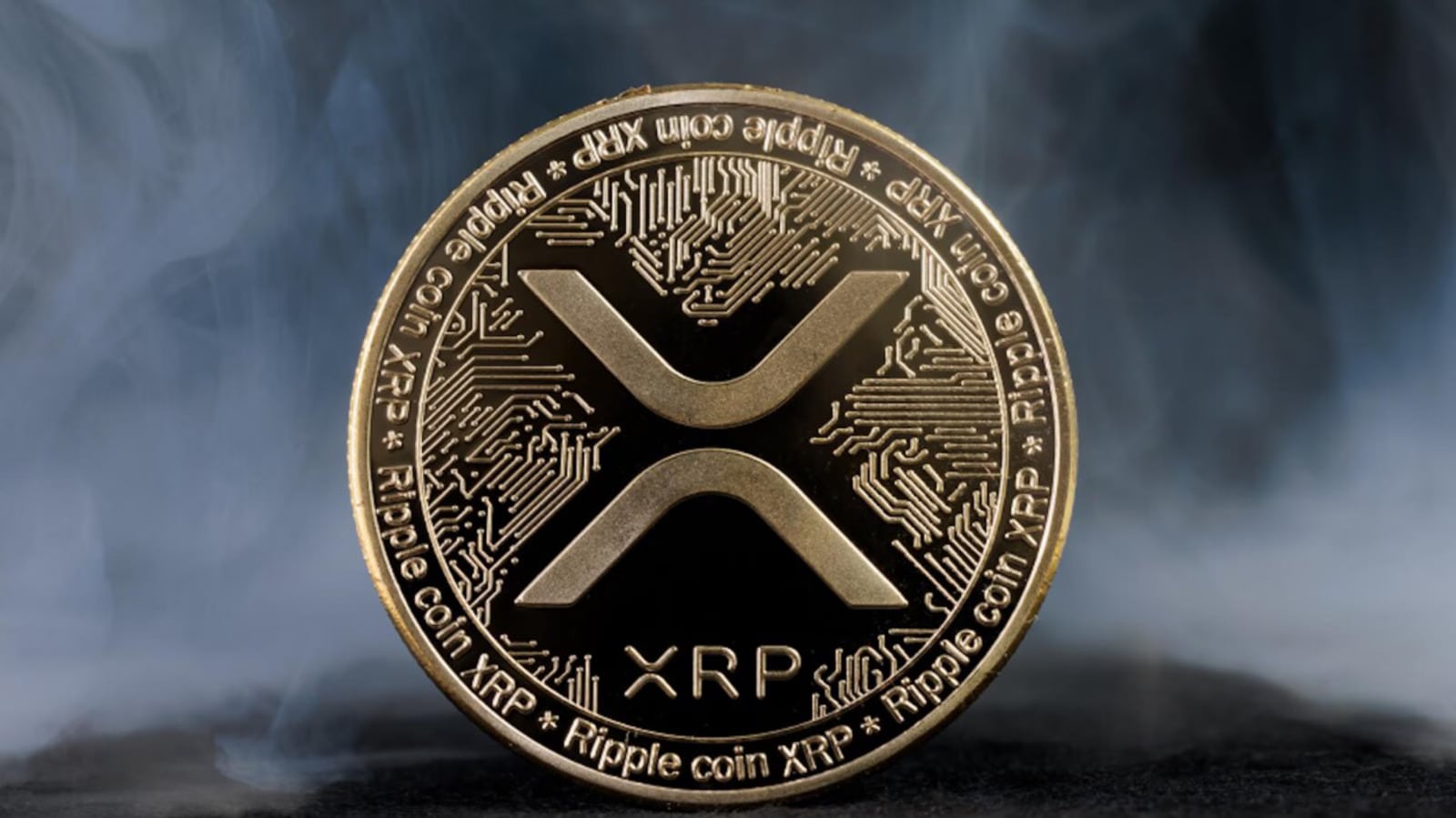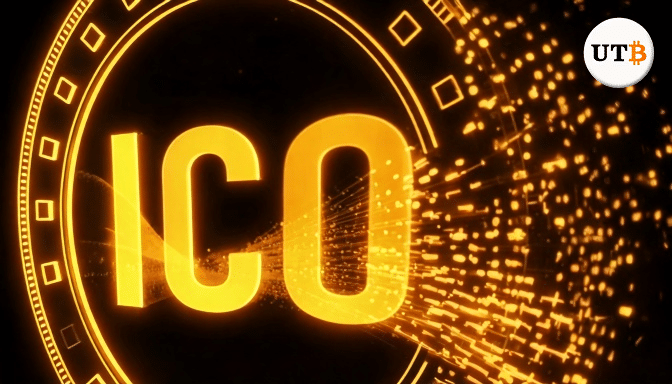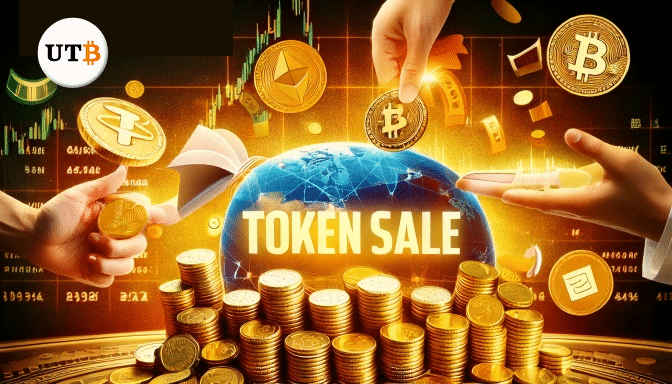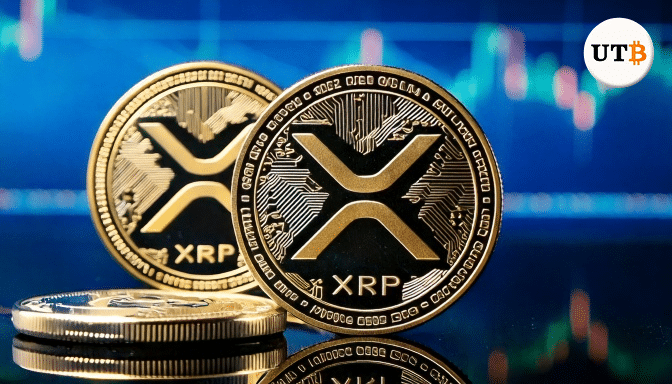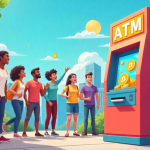Key Takeaways
- Some in the crypto community have raised concerns about the XRP Ledger’s (XRPL) ability to handle large volumes of transactions, especially as demand increases.
- XRP Explorer data shows current transaction speeds between 25-75 transactions per second (TPS), sparking doubts about scalability.
- Garlinghouse reassured the community that the XRPL can handle over 400 transactions per second, with some ledgers processing 1,316 transactions at a rate of 90+ TPS. He emphasized that the platform is regularly tested to ensure it can handle complex transaction types.
XRP has become one of the standout performers in the recent crypto bull run. While it did not quite reach its all-time high of $3.84 from seven years ago, it did experienced significant growth, climbing from a stagnant seventh place in market cap rankings to the third position after the 2024 US presidential election.
As demand for XRP and its underlying technology continues to rise, particularly from financial institutions, some members of the crypto community have raised concerns about the XRP Ledger’s (XRPL) ability to handle larger volumes of transactions.
Can The XRPL Go Over 500 Transactions Per Second?
Martin Folb, a DJ known by his stage name MartyParty, recently asked Ripple CEO Brad Garlinghouse whether the company has ever demonstrated that the XRPL can handle over 500 transactions per second.
He raised the issue because the official XRP Explorer dashboard consistently shows transaction speeds between 25-75 transactions per second.
Folb voiced his concerns about what might happen when the network scales and demand increases. With hundreds of thousands of followers on X, he questioned whether the XRPL has been adequately tested at even 49 transactions per second unless Ripple plans to create a private Ripple-only network.
He emphasized that if Ripple is positioning XRPL as an execution layer, it needs to be robust enough to handle up to 50,000 transactions per second.
Ripple CEO Responds: XRPL Can Go Beyond A Thousand TPS
In response, Garlinghouse explained that the XRPL typically processes hundreds of transactions per second. After reviewing the data, he pointed out that the platform had handled 400 transactions per ledger, settling them in about three seconds at a rate of over 90 transactions per second. He also provided an example where a single ledger recorded 1,316 transactions with a fee of 0.02351 XRP.
Additionally, the Ripple CEO reassured Folb that the team regularly tests the XRPL for proposed updates, including those involving less common and more complex transaction types. In this context, they discovered that the Multi-Purpose Token (MPT) standard could support 432 transactions per second.
Notably, the MPT is a new token standard designed to enable the creation and management of various digital assets on the XRPL. Its ability to store additional metadata directly within each token enhances the flexibility of digital assets, broadening their potential use cases, particularly for institutional applications. One of the key use cases for MPT is the tokenization of real-world assets (RWAs).
The MPT protocol underwent thorough testing by the cybersecurity firm Softstack GmbH in December 2024. The results were auspicious, with “encouraging” feedback on its storage capabilities and overall performance. The auditors also reported no critical or high-severity vulnerabilities, reinforcing its reliability for institutional-grade use.
Final Thoughts
While the XRP Ledger may not yet consistently hit the higher end of transaction speeds as some critics might expect, Ripple has demonstrated that it can handle large transaction volumes under real-world conditions. With continued testing, updates, and improvements, the network is set to scale further as demand grows—especially as it evolves to support institutional needs like tokenizing real-world assets.
In short, the XRPL does appear to have the capacity to process well beyond a thousand transactions per second under the right conditions, and with its ongoing testing and development, it could very well exceed those limits in the future.

